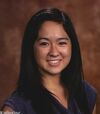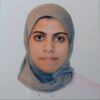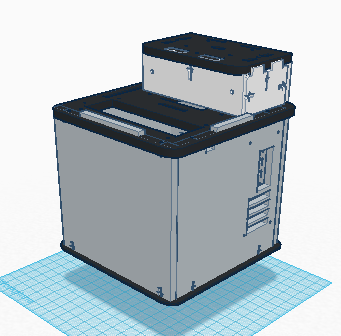BME100 f2014:Group13 L6
| Home People Lab Write-Up 1 | Lab Write-Up 2 | Lab Write-Up 3 Lab Write-Up 4 | Lab Write-Up 5 | Lab Write-Up 6 Course Logistics For Instructors Photos Wiki Editing Help | |||||||
|
OUR TEAM
LAB 6 WRITE-UPBayesian StatisticsOverview of the Original Diagnosis System
What Bayes Statistics Imply about This Diagnostic Approach
Calculations 1
Computer-Aided DesignTinkerCAD During the Computer-Aided Design Lab the TinkerCAD tool was used to assemble and modify the PCR machine. The TinkerCAD tool allowed for an adjustment of the size of the parts of the PCR Machine. TinkerCAD was also used to change the color and appearance of the PCR machine. The TinkerCAD tool provided a platform on which to upload pieces of the PCR machine and make various changes and revisions through manual adjustments using a set of basic functions. Our Design
The biggest difference between the original PCR machine design and the new version is that the modified version is more compact and easier to transport. Another difference between the two is that within the machine more rows were added to fit an additional 8 PCR tubes. The extra space within the original PCR machine design has also been eliminated in order to allow for a more compact and streamlined design.
Feature 1: Consumables Kit
Feature 2: Hardware - PCR Machine & FluorimeterThe main focus of our designed PCR machine set would be portability, meaning that it can be moved to places where it is needed. To do this, the PCR machine set must be durable so that any accidental drop or hit would not break it. Similar to the system used in the lab, our system would keep the PCR machine and Fluorimiter as separate machines, so that fluorimeter tests and PCR reactions can take place. The two devices would be a complete solid box that can attach to each other, with no parts sticking out of it that would potentially break off during when being boxed up and moved.
|
|||||||











